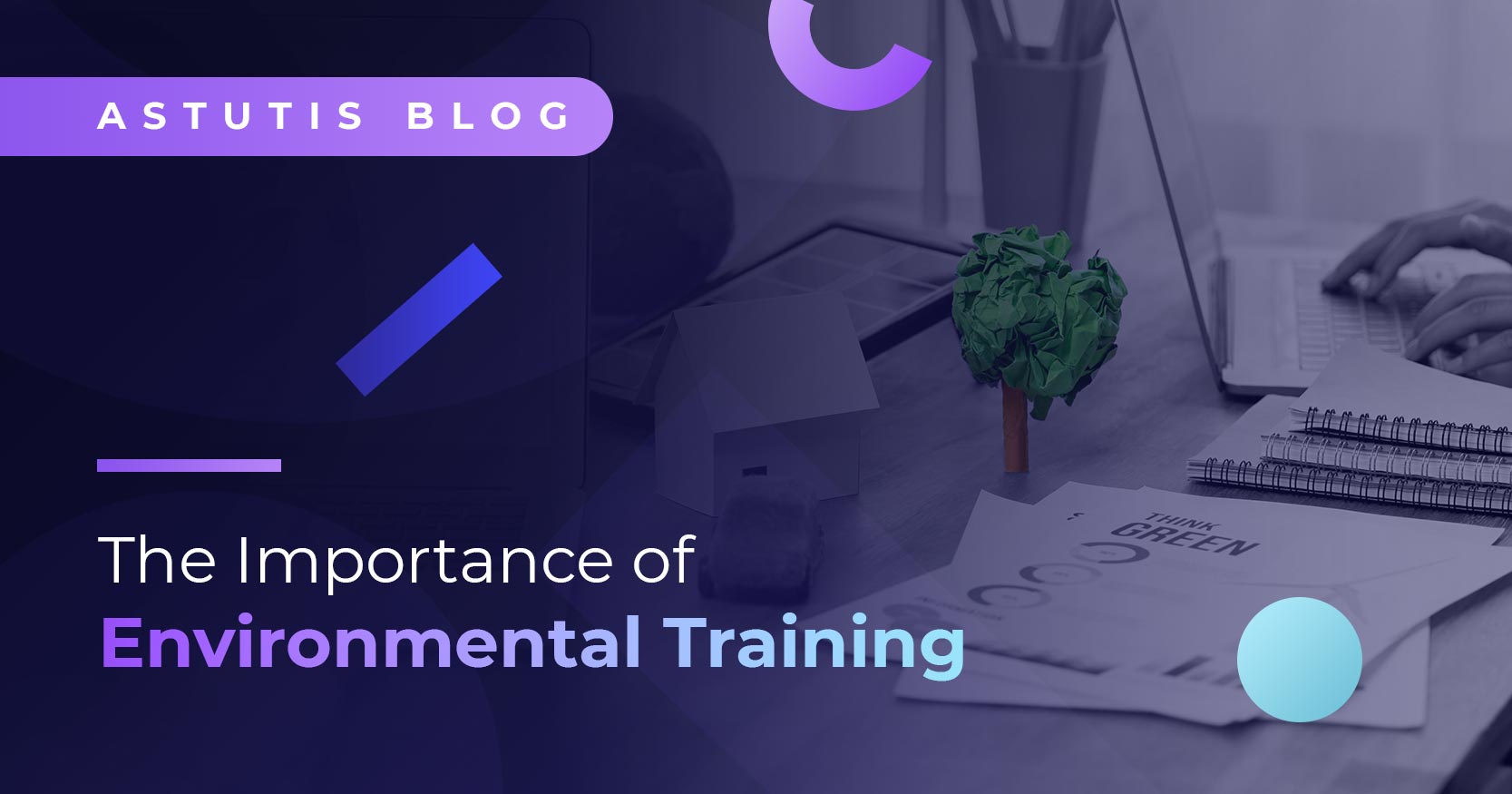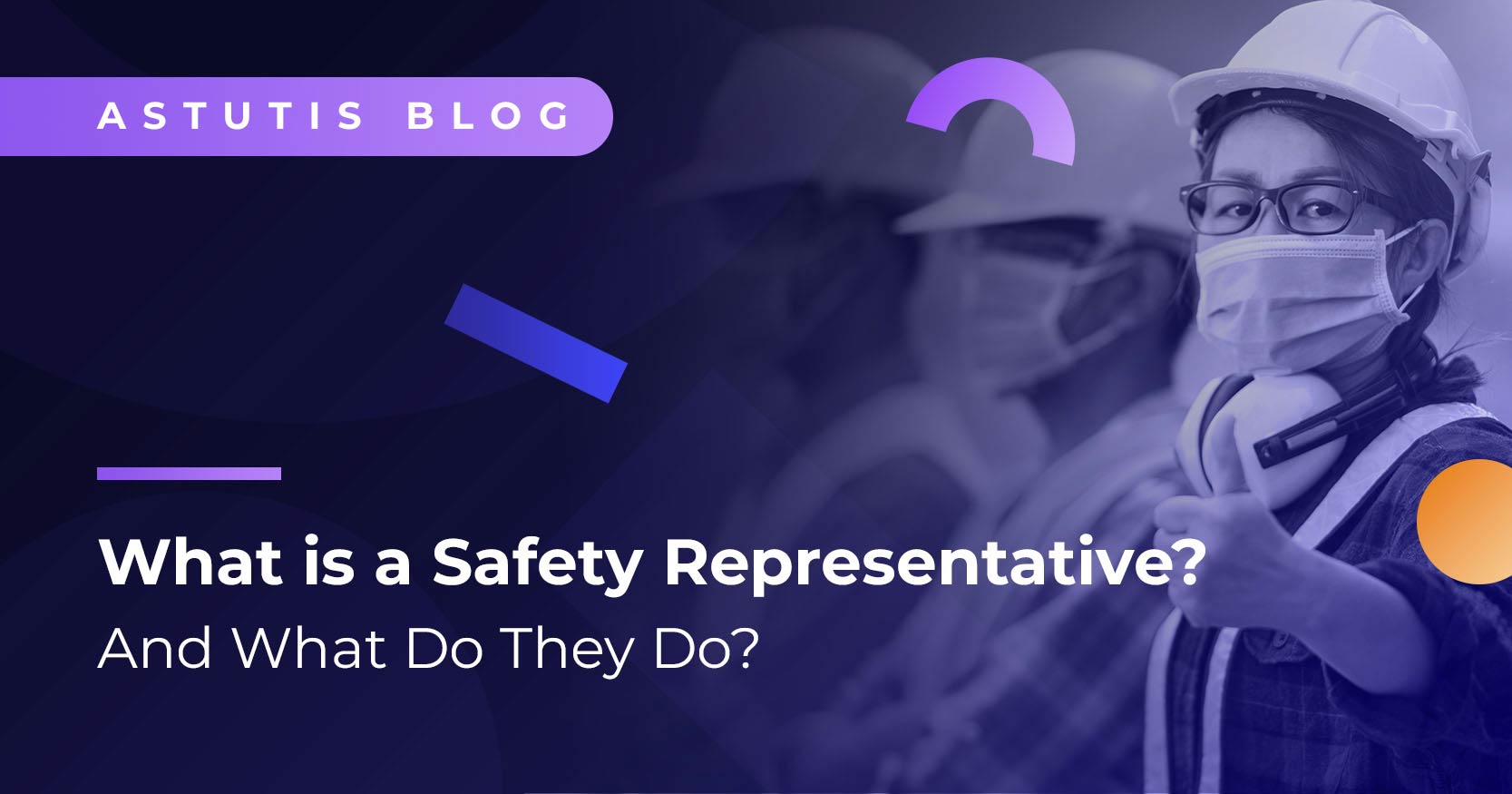Avoid Common Pitfalls in NEBOSH Certificate Practical GC3 - 2014 Syllabus
This guide will help readers recognise and avoid common downfalls on the Certificate in Occupational Health and Safety GC3 Practical risk assessment.
This post is relevant for anyone who is studying the NEBOSH General Certificate 2014 spec and not the new 2018 spec. If you are a studying the new 2018 NEBOSH General Certificate, this blog post is not relevant to you.
I’ve decided to write this guide on recognising and avoiding common downfalls having marked a large number of NEBOSH Certificate in Occupational Health and Safety GC3 Practicals and realising a number of learners fall at the same hurdles. The information is not a standalone guide to completing the GC3 practical, but more of a combination of tips and tricks to be used in conjunction with the guidance provided by your course provider.
The GC3 Workplace Assessment is broken down into two main sections: a workplace inspection worth 30 marks and a report written to management based upon your findings that are worth 70 marks.
You need a minimum of 60 marks to pass, but hopefully you are aiming for a credit or distinction.
Section 1: Workplace Inspection (30 marks total) 15/15
Your inspection is broken down into two parts:
1. Hazard and consequence identification (worth 15 marks)
Remember a hazard is anything with the potential to cause harm. I recommend that you identify 25 hazards and their consequences and 1 good practice. Your hazards MUST include consequences. If they don’t, you will start to lose a large number of marks. The examiner needs to see you are thinking about the hazard. For example, a trailing electrical cable has a number of potential consequences: a person could trip over it, receive an electric shock from it, or it could cause a fire and burn the building down. Unless you state the consequences the examiner does not know which of these you are referring to and you cannot be awarded the marks.
The hazards are to arise from observations made during the inspection and should be physical and tangible; do not make them about paperwork. For example, talk about guards missing from machinery and the potential consequence of amputations. Do NOT write exclusively about risk assessments or safe systems of work drawn up for the machine.
2. Controls (worth 15 marks)
This section requires you to develop both immediate and long-term controls for each hazard and its consequence, as well as a timescale for implementation.
The difference between immediate and long-term:
- Immediate is the superficial; it solves the problem that is in front of you today, for example unlocking a fire exit.
- Long-term controls are about you developing a system to prevent the issue from re-occurring. For example, reviewing the emergency procedures or developing a fire safely inspection to take place monthly. Long term controls are how to fix a root cause following an accident investigation.
Many people struggle to provide long-term controls. Remind yourself by re-reading the NGC 1 module ‘Monitoring, Audit and Review’. This element talks about the purpose of active monitoring and provides different examples.
Section 2: Report
This is worth 70 marks in total. It is broken down into sections.
Five tips on how to write your report
- Treat GC3 as an exam, because that’s exactly what it is. NEBOSH has very clearly developed the format and provided detailed guidance on how the report should be structured and written. Make sure you dedicate your time proportionate to the potential marks available to each section.
- Don’t write it as if you have written previous inspections and reports in your workplace. Treat this as something entirely new; write it only as the guidance states that you must.
- Don’t write this as if you are planning to give it to your boss. Because you will modify what you write to suit your boss’s preference, not to suit the exam. If you do want to produce something for your company, then write a completely separate document. Do not make this report a NEBOSH/Work hybrid monster.
- Don’t spend hours and hours writing. You are marked on the quality of what you write, not the volume. Writing a lot is not indicative of a good mark. One of the key skills in health and safety is to be able to communicate, so if you have written 20 pages it is less likely that management would read your report and you would have missed the point of the exercise. NEBOSH guidance recommends between 700 -1000 words for the report and that it should take around two hours to complete.
- There must be nothing new introduced later into the report that has not already been mentioned at the earlier stage of the report. For example, do not talk about anything in the main findings that was not in the inspection. Nor should you talk about anything in the conclusion that was not in the main findings or talk about anything in the table of recommendations that was not in the conclusions.
Your course provider will have given you a copy of the marking scheme for GC3; it is worth its weight in gold and will enable you to score extremely well!
Introduction (5 marks)
Your introduction must be targeted at someone with no industrial knowledge. Outline what your workplace is like and deliver an overview of the area where you carried out your inspection i.e. the size of the organisation, activities that usually take place in that area, the number of people, the type of people, equipment commonly used etc. Whenever I mark a report the first thing I do is read through their introduction, this lets me visualise and understand what their inspection and report is written about. Remember the examiner has never been to your site and will have no idea what it looks like or does. This section is to provide them with that information.
Executive summary
Although this is structured near the beginning of your report, I’d recommend you actually write the executive summary once you have drafted it.
Main findings (30 marks)
In the main findings you need to discuss the principal problems you identified and convince management that they need to take action. Use the three main drivers for health and safety: moral, legal and financial.
I would recommend choosing three to five key hazards / topics to discuss in more detail. You might consider it more practical to group a few hazards together e.g. you discuss fire as a topic after having identified a few fire hazards in your inspection. Do not try to address everything from your inspection in your report, this is inappropriate and you will not score well for doing so. They just want to know about the key issues so they can incorporate them into the business strategy going forward. So only discuss the important things that will be relevant to their strategic thinking.
The topics / hazards used in the main findings MUST be present in the inspection, if they are not, then it begs the question of where have they have come from?
There is no need for you to discuss your recommended controls here. You have a table dedicated to this later in the report. I describe this section as laying the foundations to win an argument further down the line i.e. here are the big problems, this is why they are problems for us and this is why you should think about doing something about them.
Conclusions (15 marks)
This is a common place in the report where people go wrong; this section is worth 15% so however much you worried about writing the correct thing for your main findings, agonise at least half that amount again over your conclusions section.
The main pitfall I have seen is that people produce a generic, ineffective statement for example ”Overall my inspection found that the area was good, however there were a few issues that I have raised that require your attention to address them”. The problem with this is that it can be used for any report. If you have used three main topics / hazards in your main findings, they MUST be concluded here.
Another mistake commonly made is that people start to conclude items that were not in their main findings. This pitfall will seriously affect your grade.
You must convince management to take action, so again use the legal moral and financial arguments, but summarised.
Whilst writing your conclusions you may think to yourself but “I’ve already said that, I’m just repeating myself”. Don’t panic. You are doing it right, it should be the same again but summarised. In the information age there is always the temptation to copy and paste. NEVER do that at any point in your GC3.
Table of recommendations (15 marks)
This section is also worth 15 marks, so spend an appropriate amount of time crafting this for your GC3 practical exam. Use the table of recommendations laid out by NEBOSH.
Three common mistakes when writing a table of recommendations:
- Candidates include everything from their inspection.
This table should only be making recommendations for the important items from the main findings and subsequently the conclusions section also. - Costings and timescales are not reasonable.
A common mistake made by candidates is not allowing for financial and time costs associated with recommendations. For example, there are no costs provided for an internal training course: the course development, delivery lost working hours for employees attending the course and lost production time etc. A similar problem commonly exists with accurate timescales provided. It is very unlikely that a company will be able to develop, arrange and deliver an in-house training session to all its operators by end of play today. Therefore always state accurately the costs and timescales incurred for recommendations. - Is everything high priority?
You are required to prioritise your controls into high, medium and low. A common pitfall is candidates’ state ‘high priority’ for all the controls, which means you have not actually prioritised anything. Imagine you can only do one thing at a time, which is the most important and which is the least? You should only include controls here for those three to five topics from your main findings and conclusion. It is expected that you include more than one control per hazard / topic.
Executive Summary (5 marks)
This should be written at the very end. Many people struggle to write an executive summary and to be honest there is a ‘knack’ to it. The first key point is that you write once you have drafted your report. It is similar to the conclusions, but now you also include a sample of your high priority control measures. In short, you need a brief on the main issues raised, the main controls required and a moral legal and financial argument for them. Nothing brand new can be presented here.
The executive summary is going to be read by the directors in the company, so their time must be effectively spent. Make sure the executive summary is easy to scan read presenting the key points succinctly. They will scan over the executive summary and if nothing stands out as important then will ‘file’ your document in the B.1.N. folder in the corner of the room. However, if there is a notable problem presented, it will prompt them to read your table of recommendations and follow the rationale of your findings, potential negative outcomes and be in a better position to seriously consider your requests outlined in the report. This will mean the report has achieved its purpose and you will achieve your goal of passing your GC3.
Further Guidance on the GC3
There is an excellent walk through blog by Andrew Froude on structuring your NEBOSH Certificate Practical with a guidance on how the marking system works.
Related Blogs

Real Life Stories









